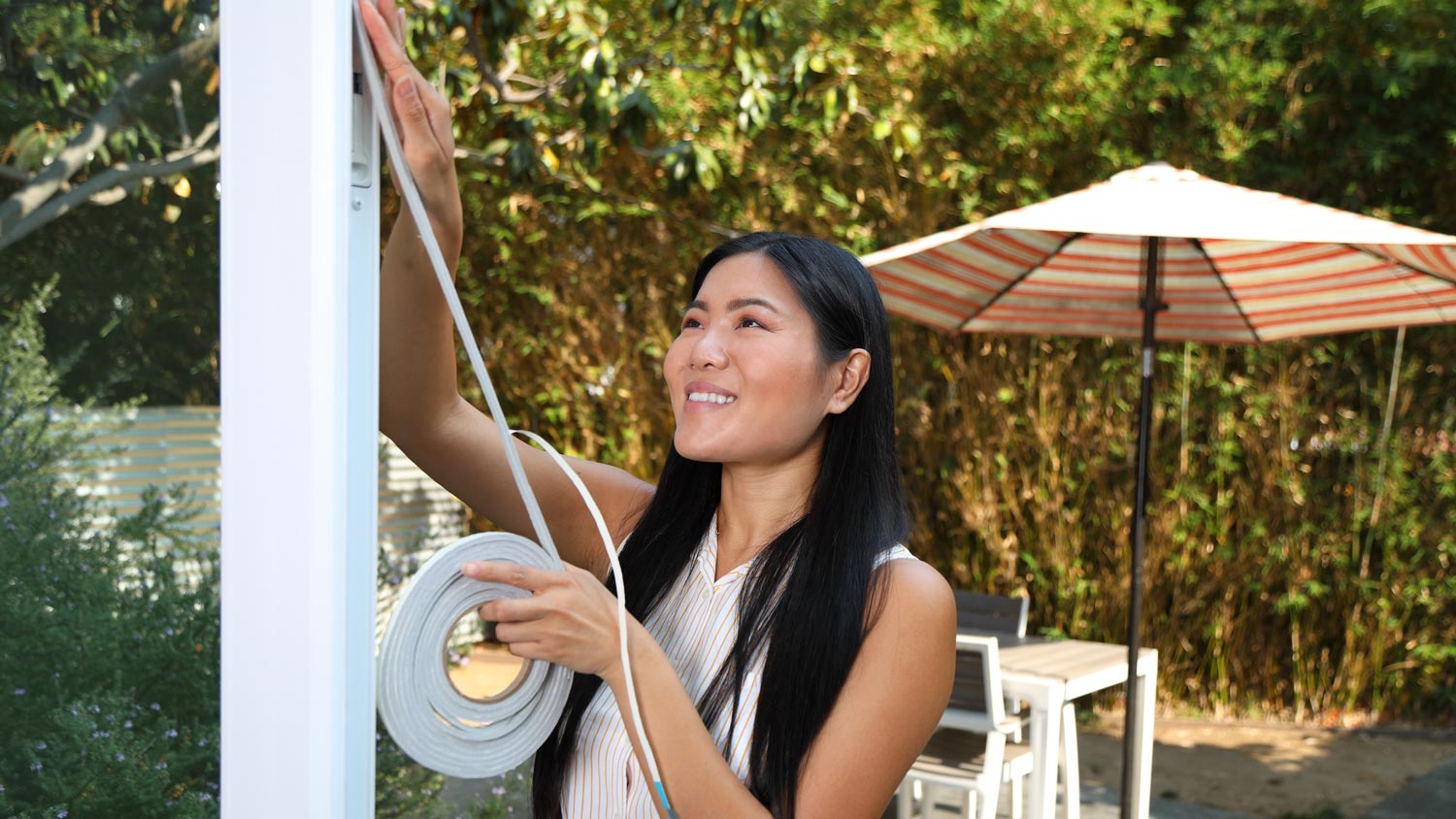
Find out the cost to replace weatherstripping. Learn about material and labor costs, cost-saving tips, and what impacts your total price.
Let’s shine some light on when to replace windows


Replacing windows is a good idea if you notice air or water leaks.
Replacing windows boosts your home’s value and increases its energy efficiency.
You can often repair windows instead of replacing them—it might be more worthwhile if they’re less than ten years old.
Brand new windows can lower your energy bills, make your home more comfortable, and boost your home’s appearance. But you may wonder whether a simple repair can suffice or if you should finally make room in the budget for all new windows.
How do you know when to replace windows? Our helpful guide will help you decipher when you should start budgeting for those replacements. You may need new windows in your home if you’re experiencing one or more of these common issues.
If air is leaking through your windows, you’ll feel cool drafts and may even hear the wind whistling through them. If you’ve caulked your windows and installed weatherstripping but are still experiencing draftiness, it might be time for a total window replacement. At this point, new windows will make your living space more comfortable and can reduce your heating and cooling bills.
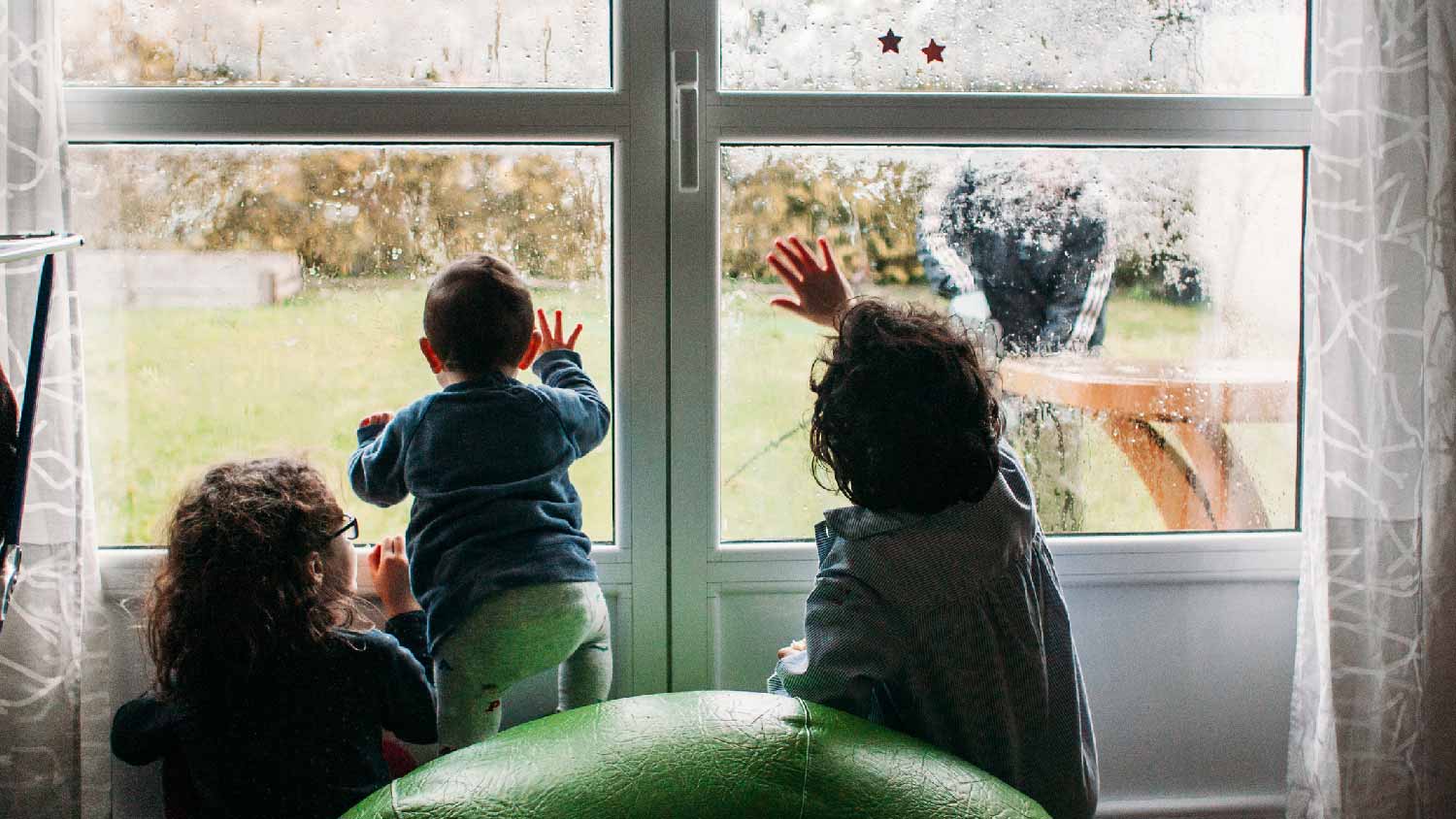
When you have double- or triple-paned windows, condensation can get trapped between the panes if a seal around the pane breaks. If your windows seem cloudy or foggy, it could mean there’s a leak, which requires a window replacement, although you may be able to fix the seal on the window instead of replacing the entire unit—especially if your window frame is still in good shape.
If your old windows aren’t energy-efficient, they leak hot and cold air to the outside, causing your heating and cooling systems to work harder to keep your home comfortable. Not only does this lead to skyrocketing utility bills, but it also strains your heating and cooling equipment. This can increase how often you have to pay for maintenance and even decrease the overall life span of the systems.
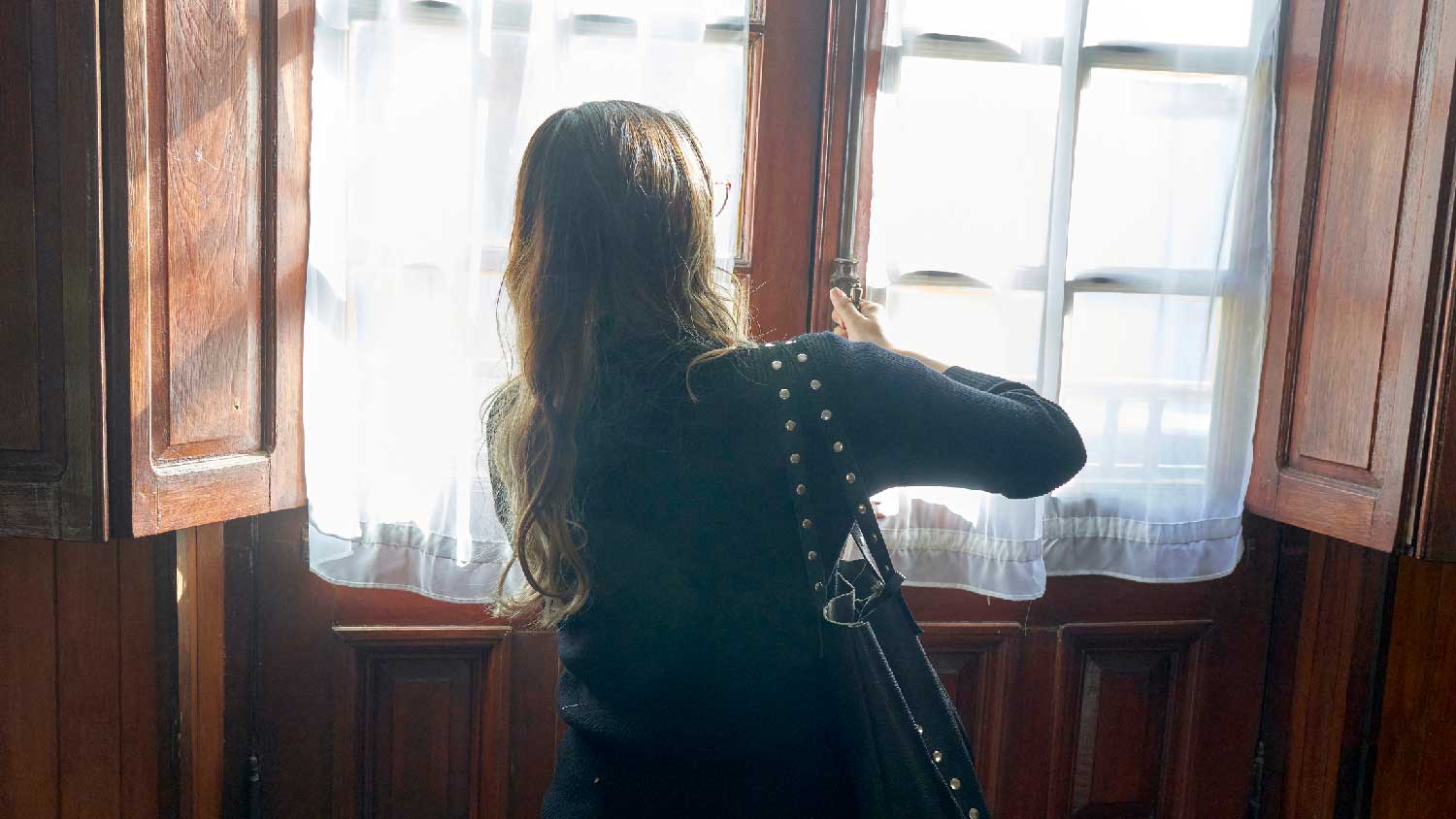
If your windows get stuck or don't close all the way, it could be due to a shifting foundation, window frame deterioration, or a painted-shut window. You'll likely need to replace your windows and frames to restore full functionality. We recommend hiring a window company near you to assess the issue before performing a fix yourself, as a foundation issue is more serious and will warp your new windows over time, as well.
If you have wood windows, moisture can cause the outside framing to rot. If your exterior framing feels soft or spongy to the touch, you’ll want to replace your windows and frames soon.

If you notice water coming in through your windows, it’s a sign that you should get new windows. When a window leaks, you might not see physical water dripping in, so keep an eye out for the following problems:
Warped flooring under your window
Warped or water-logged frame material
Wet or pliable drywall under or around your windows
High humidity in the room
Water stains on the interior frame or surrounding materials
Water damage can be expensive and cause major issues in your home, including electrical fires, damage to flooring, and even foundation issues if the leak is severe enough. If you have evidence of a window leak, hire a window contractor for a solution right away.
Windows aren’t as thick and insulated as your walls, but that doesn’t mean you should hear everything going on outside when they’re shut. Modern windows, especially double- or triple-pane options, are great at blocking out exterior noise.
If you’re constantly cranking up the TV volume or having to repeat yourself to your family during dinner because of traffic, sirens, music, landscaping equipment, and other outside noise, consider an upgrade to more soundproof windows.
Keep in mind that sound coming in through your windows is not only a nuisance but can be indicative of a larger issue. Windows that let in an inordinate amount of outside noise probably aren’t doing a great job of keeping outdoor air out, either. Knowing when to replace your windows that let in too much sound can also save you money on utility bills.

When spring hits, you may be tempted to crack open the windows and enjoy the fresh air—unless you’ve got severe grass and pollen allergies. But if you notice your allergies are affecting you more than usual, even with the windows closed, it could be a sign that your window seals have deteriorated and are letting pollen and other allergens inside.
In that case, your best bet is installing new windows for a more effective seal (and a sniffle-free spring season).
Older windows and window frames can hinder your home’s appearance, especially if they’re vinyl and you want a new window frame color to spruce up your curb appeal. Choosing replacement windows can make your home appear more modern, up-to-date, and beautiful. There’s even more you can do to windows on the inside to update the look of your home. Try investing in some trendy kitchen window ideas to transform your space.
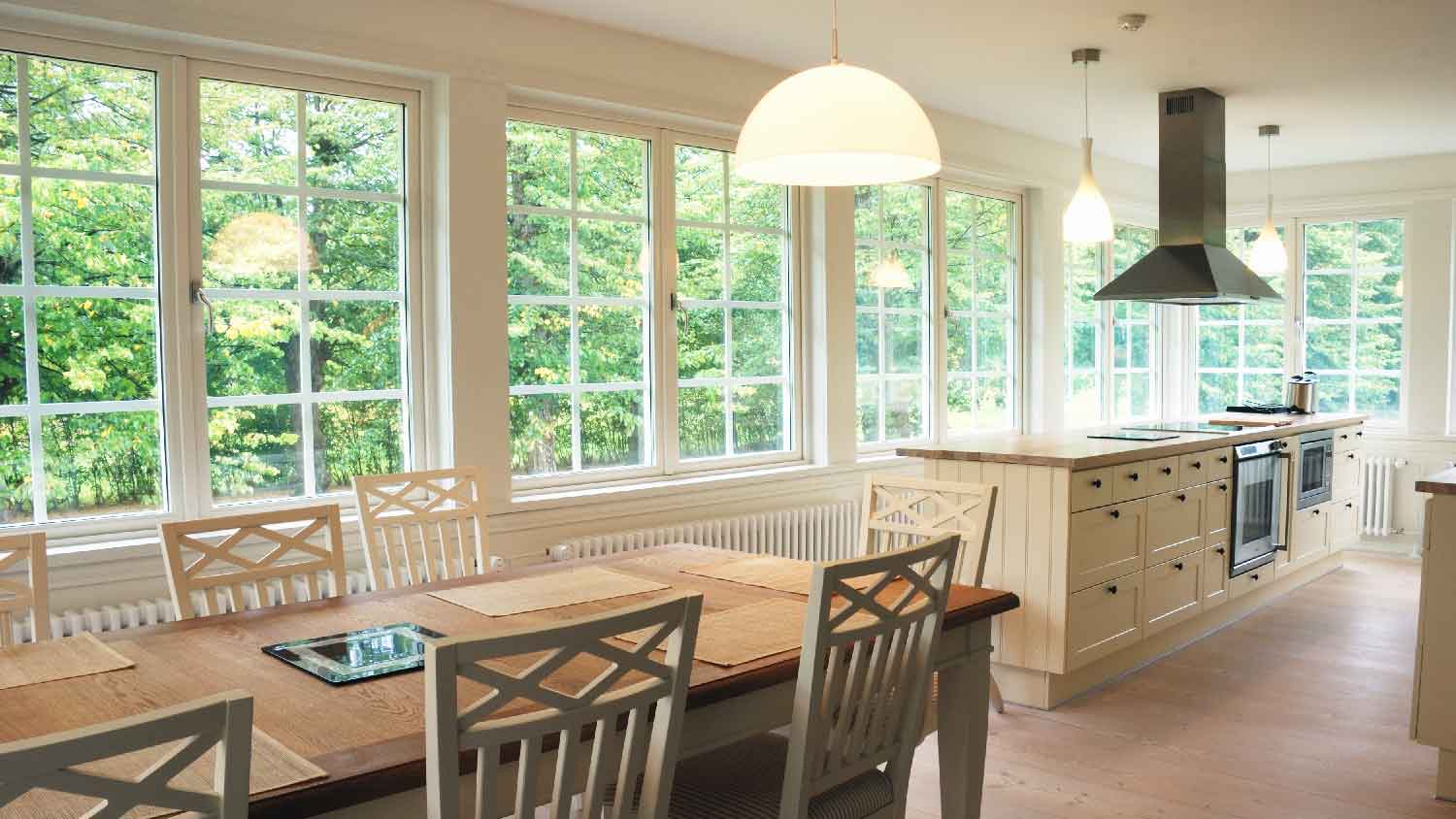
Thinking about selling your home in the near future? Replacement windows are one of the highest-ROI remodeling projects you can do to attract buyers. Potential home buyers may pass on making an offer if they notice your home has old, inefficient windows—they won’t want to have to drop a bunch of money to update them right after draining their savings on a down payment.
On the flip side, you can use new windows as a selling point in your listing. This could lead to more competitive bids and a faster sale. So, how much added value are we talking about? You can usually expect to see a 68% return on investment when installing replacement windows.
So, how do you know when to replace windows and when you can just repair them to save some money? If you’re deciding whether you should go with new construction or replacement windows or just repair the windows you already have, cost and long-term benefits will be the most important things to consider.
At roughly $175 to $600, the cost of window repair is often lower than window replacement costs, which average around $282 with a range of $100 up to about $1,500,but it’s not always the right call.
So when should you replace windows? If your windows are nearing the end of their life span, are leading to increased heating and cooling bills, their frames are rotting, or they’re no longer operable, you should probably replace your windows. Alternatively, it may make sense to repair windows if:
The glass is broken: Just hire a local window repair pro to replace the glass—this is known as window reglazing.
One component is broken: If all your window needs is a new locking mechanism or exterior drip cap, replace the broken component—not the entire window.
The windows are historic: Many historic districts have specific guidelines about a house's exterior, including windows. Sometimes, it's more cost-effective to make your old windows more energy-efficient rather than replace them. Plus, many antique windows in old houses are made of durable old-growth wood, so they can stand up to decades of use and may be more valuable and attractive than new windows, especially to buyers who appreciate those details.
You have expensive frame materials: If you’ve previously invested in windows with fiberglass frames that are much more expensive as some other frame materials, it’s worthwhile to keep those frames in place and hire a window repair professional to carry out any glass repair or replacement instead of replacing the entire window.

Timothy Moore contributed to this piece.
From average costs to expert advice, get all the answers you need to get your job done.

Find out the cost to replace weatherstripping. Learn about material and labor costs, cost-saving tips, and what impacts your total price.
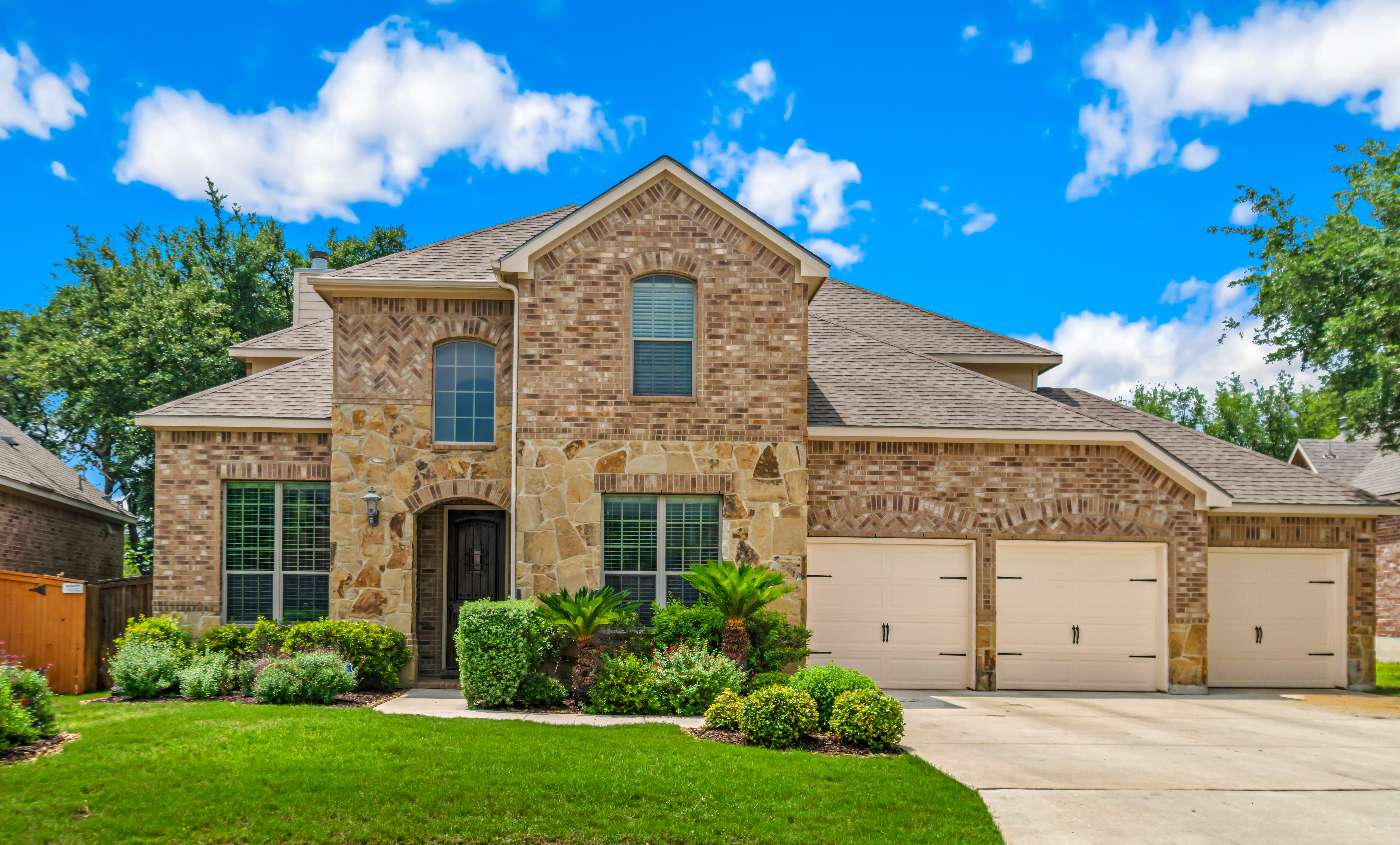
Window replacement costs in Dallas, Texas, are lower than the national averages, even when investing in energy-efficient types to keep you cool in hot summers.

Window repairs can protect your home from the elements and avoid ongoing damage. Learn about window repair costs in Dallas, Texas, to budget accurately.

If you're having problems with window film that include bubbling, peeling, and water spots, come learn about the simplest solutions for making window tint look good again.
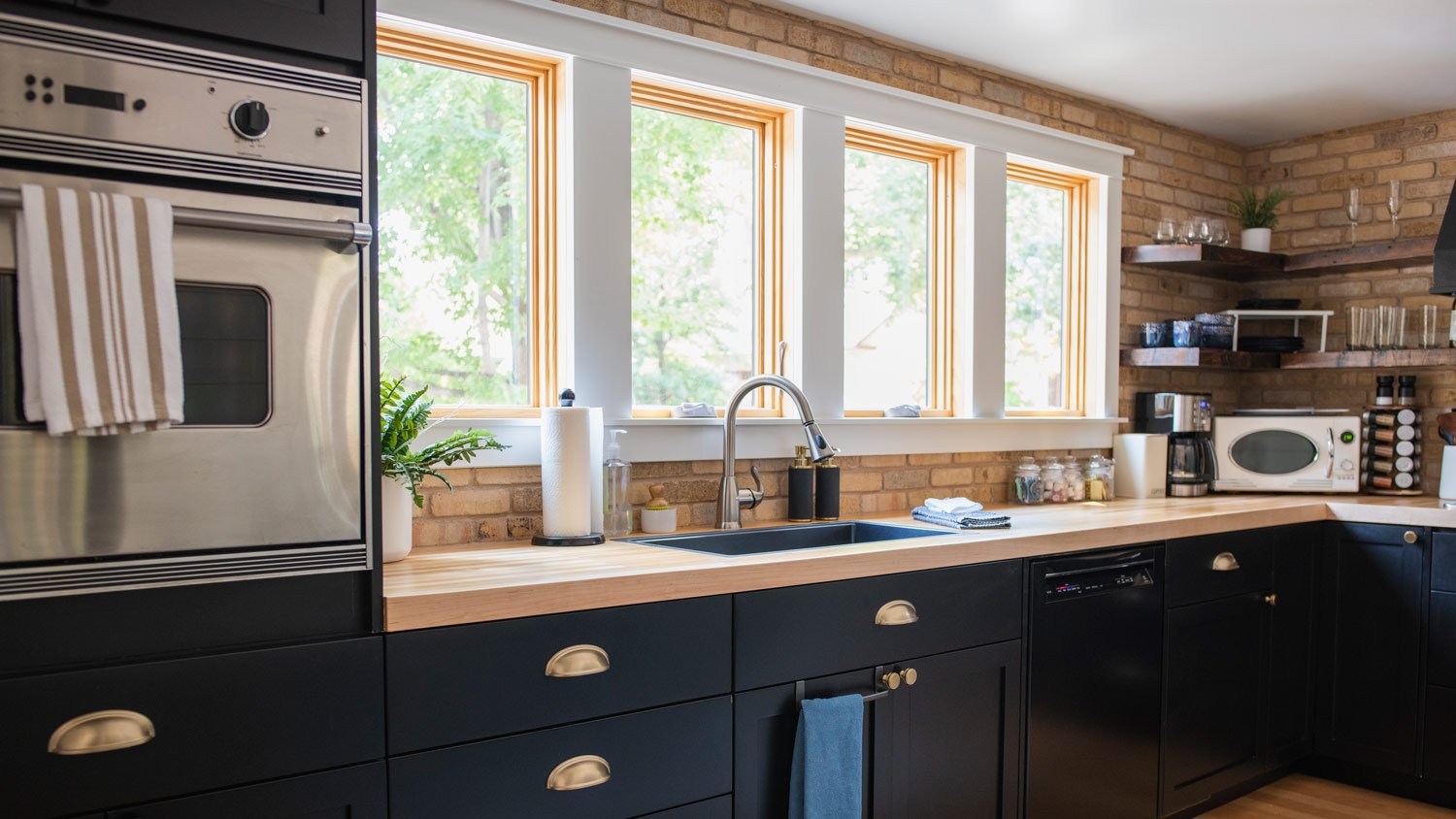
Find out how much it costs to add a window to your home, including the cost to cut and frame the opening, as well as installing the window itself.

If you’ve been facing storms or humidity recently, it may be time to learn how to repair a rotted window frame to make your windows look brand new.